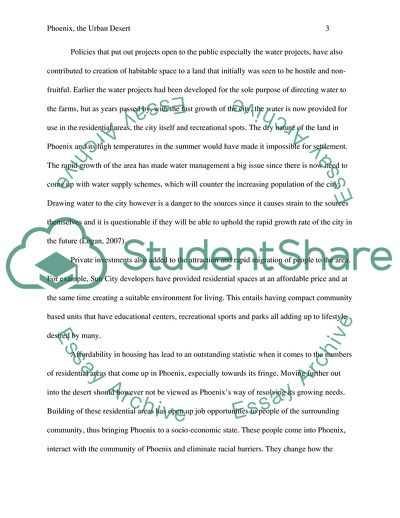Cite this document
(Phoenix, the Urban Desert Essay Example | Topics and Well Written Essays - 1500 words, n.d.)
Phoenix, the Urban Desert Essay Example | Topics and Well Written Essays - 1500 words. https://studentshare.org/geography/1773952-review
Phoenix, the Urban Desert Essay Example | Topics and Well Written Essays - 1500 words. https://studentshare.org/geography/1773952-review
(Phoenix, the Urban Desert Essay Example | Topics and Well Written Essays - 1500 Words)
Phoenix, the Urban Desert Essay Example | Topics and Well Written Essays - 1500 Words. https://studentshare.org/geography/1773952-review.
Phoenix, the Urban Desert Essay Example | Topics and Well Written Essays - 1500 Words. https://studentshare.org/geography/1773952-review.
“Phoenix, the Urban Desert Essay Example | Topics and Well Written Essays - 1500 Words”. https://studentshare.org/geography/1773952-review.


